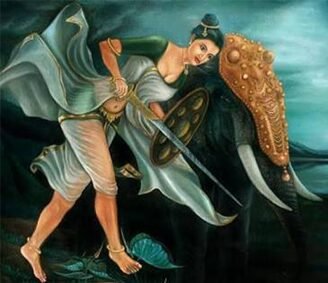Exploring the Rich Heritage and Musical Traditions of Jaipur-Atrauli Gharana
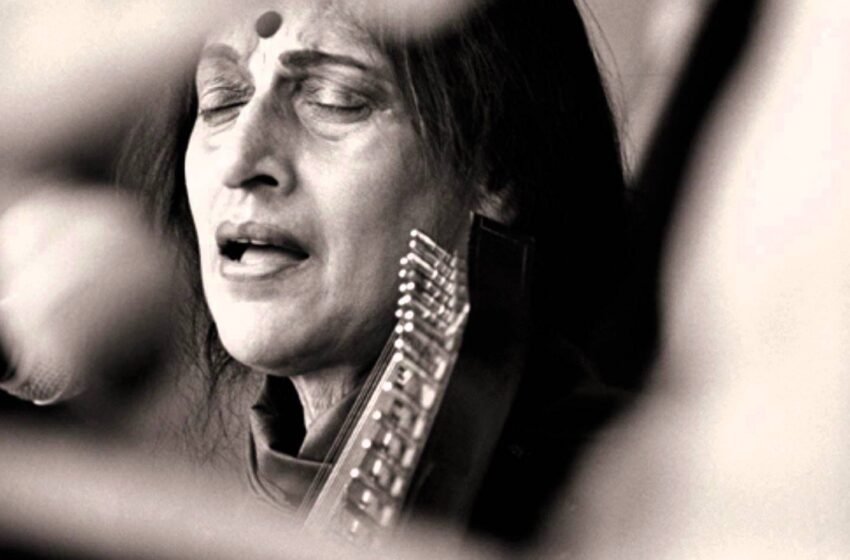
INTRODUCTION
Jaipur-Atrauli Gharana is a prominent school of Hindustani classical music that originated in the northern Indian state of Uttar Pradesh. Founded by the legendary musician, Alladiya Khan, the Jaipur-Atrauli Gharana is known for its unique style of khayal singing, which emphasizes intricate ornamentations and complex rhythmic patterns. Over the years, the gharana has produced several notable musicians, including Mallikarjun Mansur, Kishori Amonkar, and Ulhas Kashalkar, who have contributed significantly to the development and popularization of Hindustani classical music. In this blog, we will delve into the history, characteristics, and notable musicians of the Jaipur-Atrauli Gharana, and explore its rich heritage and musical traditions.

ORIGIN OF JAIPUR ATRAULI GHARANA
The Jaipur-Atrauli Gharana has its roots in the traditional Dhrupad style of singing, which was popular in the Mughal courts during the 16th and 17th centuries. However, it was Alladiya Khan, a musician from Atrauli in Uttar Pradesh, who transformed the style into a distinct gharana of Hindustani classical music.
Alladiya Khan was a disciple of Ustad Haider Khan, who belonged to the Gwalior Gharana. He also received training from Ustad Rajab Ali Khan of the Agra Gharana. Alladiya Khan’s musical genius, coupled with his exposure to different styles of music, enabled him to create a unique blend of the two gharanas, which later came to be known as the Jaipur-Atrauli Gharana.

The Jaipur-Atrauli Gharana was further developed and popularized by Alladiya Khan’s descendants, including his son Manji Khan, and later his grandsons Bhurji Khan and Nissar Hussain Khan. They continued to refine the gharana’s style and repertoire, incorporating influences from other gharanas and creating new compositions.
Today, the Jaipur-Atrauli Gharana is considered one of the foremost schools of Hindustani classical music, known for its distinctive style of khayal singing, complex taans, and emphasis on improvisation.
LEADER OF JAIPUR ATRAULI GHARANA
The Jaipur-Atrauli Gharana was founded by Alladiya Khan, who is considered its pioneer and one of the most influential musicians in the history of Hindustani classical music. Alladiya Khan was a highly skilled vocalist and an innovator, who created a unique style of khayal singing that became the hallmark of the Jaipur-Atrauli Gharana.
- Alladiya Khan was succeeded by his son, Manji Khan, who was also a gifted musician and a dedicated disciple of his father’s style. Manji Khan continued to develop and popularize the gharana’s music, and passed on his knowledge and expertise to his sons, Bhurji Khan and Nissar Hussain Khan.
- Bhurji Khan was a renowned vocalist and composer, who made significant contributions to the Jaipur-Atrauli Gharana’s repertoire. He was also a respected teacher, and many well-known musicians, including Kishori Amonkar and Mallikarjun Mansur, received training from him.
- Nissar Hussain Khan was another prominent musician of the Jaipur-Atrauli Gharana, who continued to expand the gharana’s repertoire and refine its style. He was known for his powerful voice and his ability to infuse emotion and depth into his singing.
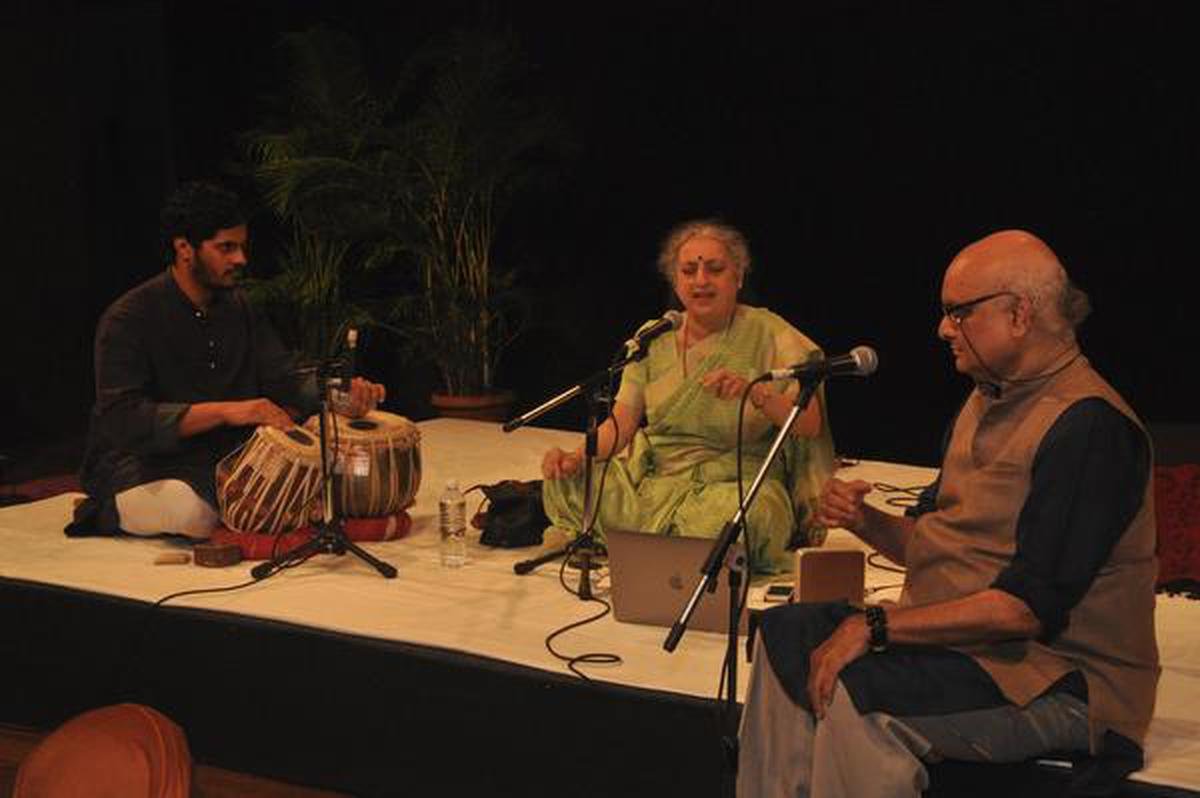
Today, the Jaipur-Atrauli Gharana has several notable exponents, including Ashwini Bhide-Deshpande, Shanno Khurana, and Ulhas Kashalkar, who continue to carry forward the gharana’s rich musical heritage.
TYPES OF JAIPUR ATRAULI GHARANA
The Jaipur-Atrauli Gharana is primarily known for its style of khayal singing, which is a genre of Hindustani classical music that involves the improvisation of melodic variations within a fixed framework of composition. However, the gharana also has a rich repertoire of other musical forms, including thumri, dadra, and tappa.
- Thumri is a semi-classical form of Hindustani music that originated in Uttar Pradesh, and is characterized by its romantic lyrics and emotive expression. The Jaipur-Atrauli Gharana’s thumri singing is known for its intricate ornamentations and delicate nuances, which bring out the beauty and emotion of the lyrics.
- Dadra is another semi-classical form of music that is popular in Uttar Pradesh and other regions of North India. It is typically sung in a light, romantic style, and is often accompanied by dance. The Jaipur-Atrauli Gharana’s dadra singing is known for its graceful melody and rhythmic complexity.
- Tappa is a fast-paced, rhythmic form of music that originated in the Punjab region of North India. It involves the rapid delivery of intricate melodic and rhythmic patterns, and requires a high level of skill and precision. The Jaipur-Atrauli Gharana’s tappa singing is known for its speed and agility, as well as its intricate taans and sargams.

In addition to these forms, the Jaipur-Atrauli Gharana also has a rich tradition of devotional music, including bhajans and kirtans, which are sung in praise of the divine. Overall, the Jaipur-Atrauli Gharana’s repertoire encompasses a wide range of musical forms, each characterized by the gharana’s distinctive style and approach.
FEATURES OF JAIPUR ATRAULI GHARANA
The Jaipur-Atrauli Gharana is known for several distinctive features that set it apart from other schools of Hindustani classical music. Some of these features include:

- Emphasis on improvisation: The Jaipur-Atrauli Gharana places a strong emphasis on improvisation, particularly in its khayal singing. Musicians of the gharana are known for their ability to create complex melodic variations and intricate taans within the framework of fixed composition.
- Complex taans: The Jaipur-Atrauli Gharana is known for its use of complex taans, which are fast-paced melodic patterns that require a high level of skill and precision to execute. The gharana’s taans are characterised by their intricate rhythm and melody, and are often considered a hallmark of the gharana’s style.
- Use of sargams: The Jaipur-Atrauli Gharana is known for its use of sargams, which are vocalized musical phrases that use solfege syllables to convey melody. Musicians of the gharana often use sargams as a way to improvise and create new melodic patterns.
- Rich repertoire: The Jaipur-Atrauli Gharana has a rich and diverse repertoire that includes a wide range of musical forms, including khayal, thumri, dadra, tappa, and devotional music. The gharana’s musicians are known for their mastery of these different forms, and for their ability to infuse each one with the gharana’s distinctive style and approach.
- Vocal technique: The Jaipur-Atrauli Gharana places a strong emphasis on vocal technique, particularly in its approach to breath control and voice production. Musicians of the gharana are known for their ability to produce a clear, resonant tone, and for their skill in using subtle nuances and ornamentations to enhance their singing.

FAMOUS ARTIST OF JAIPUR ATRAUIL GHARAN
The Jaipur-Atrauli Gharana has produced many famous artists over the years, some of whom are:
- Kishori Amonkar: Kishori Amonkar was one of the most prominent vocalists of the Jaipur-Atrauli Gharana, and is known for her mastery of khayal, thumri, and bhajan singing. She was a disciple of the legendary Bhurji Khan and is considered one of the greatest Hindustani classical vocalists of all time.
- Ashwini Bhide-Deshpande: Ashwini Bhide-Deshpande is a renowned vocalist and disciple of her father, Narayanrao Bodas, who was a disciple of Alladiya Khan. She is known for her exquisite khayal and thumri singing, and for her deep understanding of the Jaipur-Atrauli Gharana’s musical traditions.
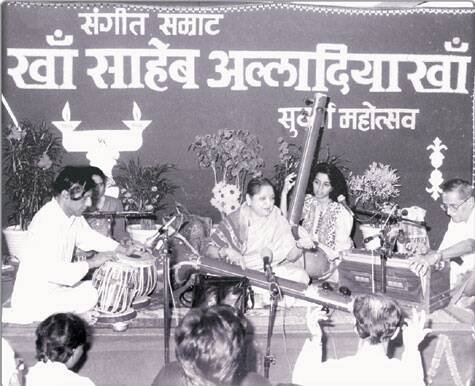
- Mallikarjun Mansur: Mallikarjun Mansur was a disciple of Bhurji Khan and is considered one of the most influential vocalists of the Jaipur-Atrauli Gharana. He was known for his powerful and emotive voice, and for his ability to infuse his singing with deep emotion and feeling.
- Shanno Khurana: Shanno Khurana is a celebrated vocalist and composer who was trained in the Jaipur-Atrauli Gharana. She is known for her beautiful thumri and ghazal singing, and for her ability to convey complex emotions through her music.
- Ulhas Kashalkar: Ulhas Kashalkar is a renowned vocalist and composer who is known for his mastery of the khayal and thumri styles of the Jaipur-Atrauli Gharana. He is also a respected teacher and has trained many students in the gharana’s rich musical traditions.

CURRENT SCENARIO
The Jaipur-Atrauli Gharana continues to be a thriving tradition in Hindustani classical music today. While the gharana has produced many legendary artists over the years, there are still many talented musicians who are carrying on its rich musical traditions.
In recent years, there has been a growing interest in the Jaipur-Atrauli Gharana among young musicians and audiences alike. This has led to an increase in the number of concerts, festivals, and other events that feature the gharana’s music, as well as a renewed interest in the gharana’s rich history and musical legacy.

Many musicians of the Jaipur-Atrauli Gharana continue to innovate and experiment within the framework of the gharana’s musical traditions. While they remain committed to preserving the gharana’s core principles and techniques, they also seek to push the boundaries of the tradition and create new forms of musical expression.
Overall, the Jaipur-Atrauli Gharana remains an important and influential school of Hindustani classical music, and its rich musical legacy continues to inspire and captivate audiences around the world.
CONCLUSION
In conclusion, the Jaipur-Atrauli Gharana is one of the most important and influential schools of Hindustani classical music. With its emphasis on improvisation, complex taans, sargams, rich repertoire, and vocal technique, the gharana has produced many legendary artists and continues to inspire and captivate audiences today.
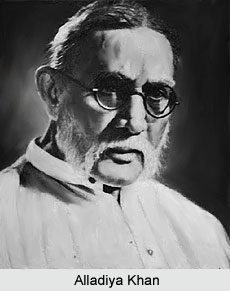
From the pioneering work of Alladiya Khan to the continued innovations of contemporary musicians, the Jaipur-Atrauli Gharana has a rich and vibrant musical history that reflects the diversity and complexity of Indian classical music. With its enduring legacy and ongoing relevance, the gharana remains a vital and important part of the Hindustani classical music tradition and a source of inspiration and inspiration for future generations.
